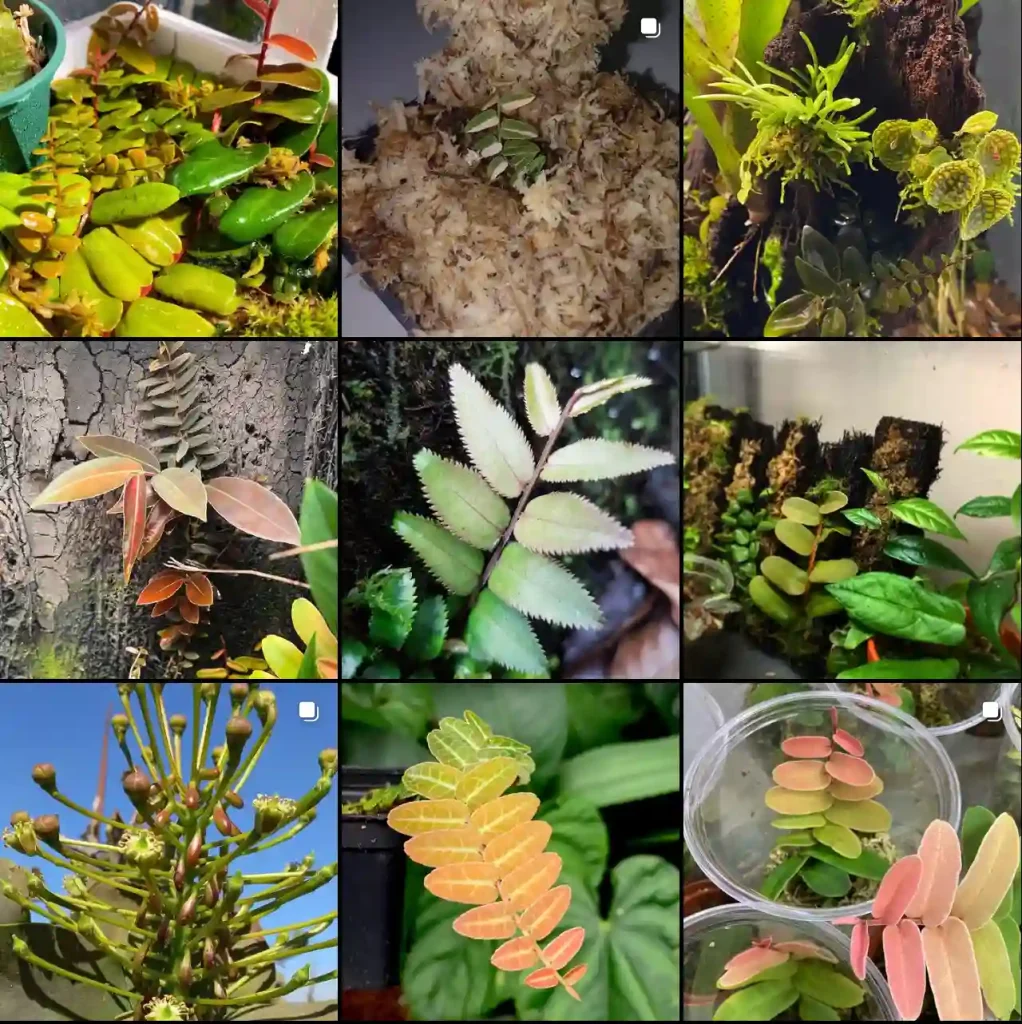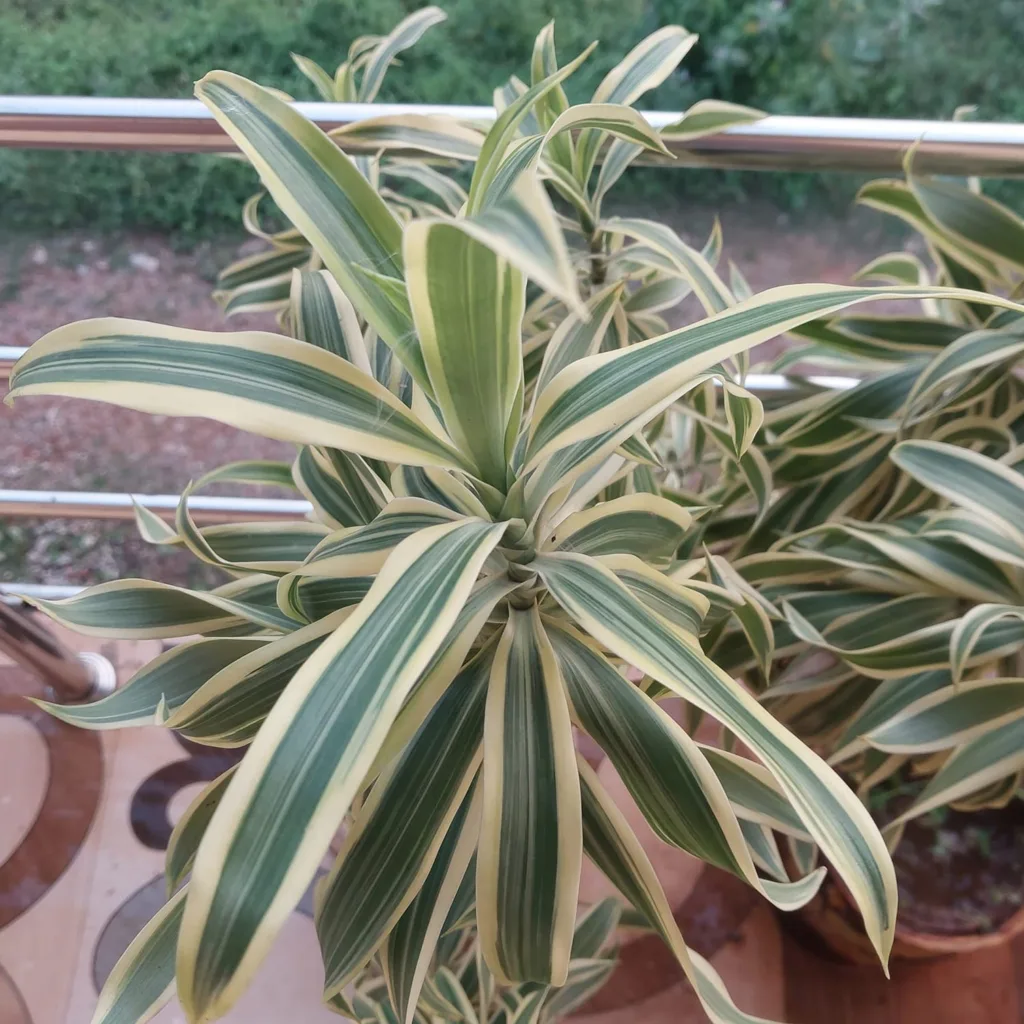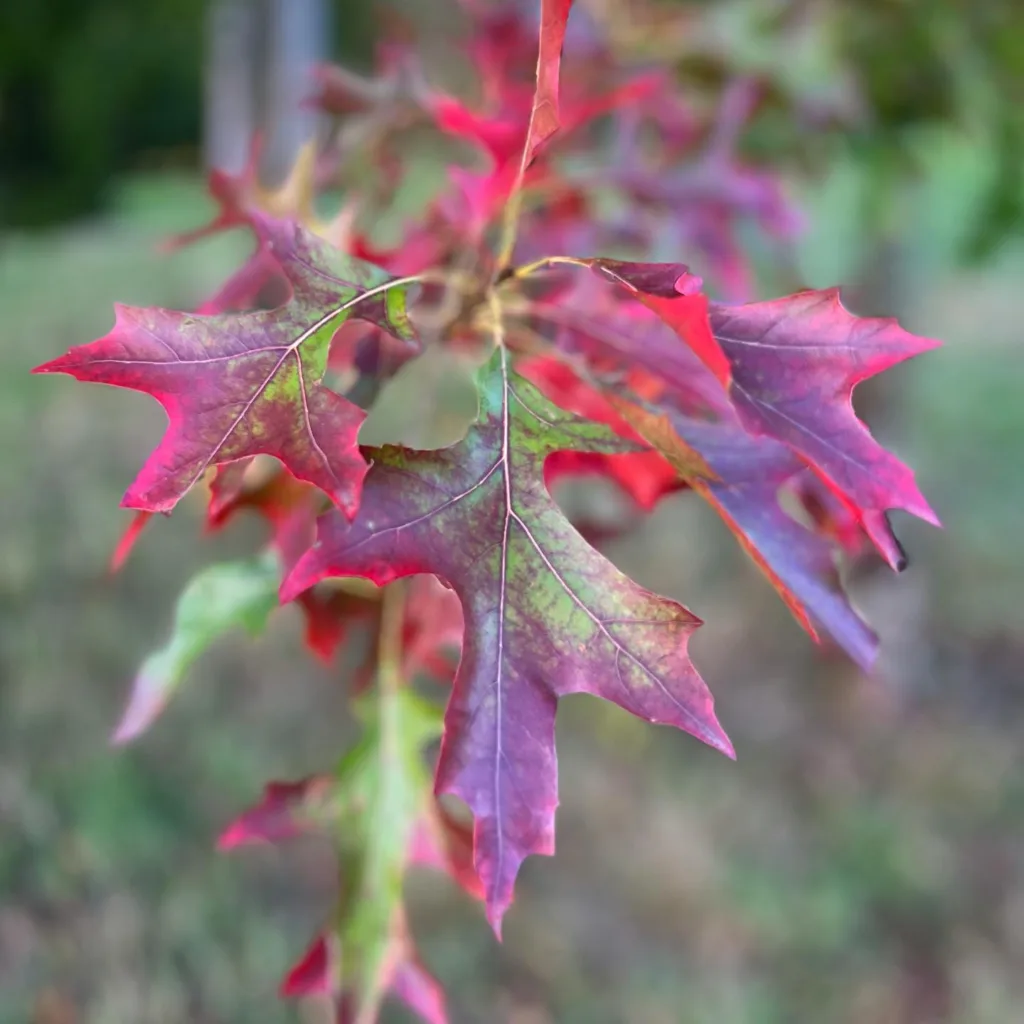Discovering the Joinvilleaceae Family
As a plant enthusiast, I am constantly exploring the fascinating world of botany. One family that has captured my interest is the Joinvilleaceae family. This family consists of a single genus, Joinvillea, which presents unique characteristics that make it stand out among other plants. In this article, I want to share my insights and experiences with this intriguing family, focusing on its features, habitat, and significance in the plant kingdom.
What is Joinvilleaceae?
The Joinvilleaceae family is a small yet distinctive group within the broader classification of monocotyledons. This family primarily includes the genus Joinvillea, which encompasses a few species of perennial herbs and grasses. These plants are native to tropical and subtropical regions, particularly in Australia and the surrounding Pacific islands. The most notable characteristic of Joinvilleaceae is its unique flower structure, which plays a crucial role in its reproduction and survival.
Exploring the Genus Joinvillea
The genus Joinvillea is home to a handful of species that exhibit a range of fascinating traits. One species that I find particularly interesting is Joinvillea ascendens, commonly known as the Joinvillea grass. This species typically grows in low-lying areas and wetlands, making it an essential part of its ecosystem.
Joinvillea ascendens features slender, elongated leaves that can reach impressive lengths. The flowers, which bloom in clusters, are small and often inconspicuous. However, their structure is unique, with a combination of bracts and tepals that form a tubular shape. This morphology is essential for attracting pollinators, which in turn aids in the plant’s reproduction.
Habitat and Distribution
One of the most striking aspects of the Joinvilleaceae family is its habitat preference. Joinvillea species typically thrive in tropical and subtropical climates, favoring moist environments such as wetlands, swamps, and grasslands. During my travels, I have had the opportunity to observe these plants in their natural habitats, where they flourish alongside other native flora.
The distribution of Joinvillea species is relatively limited compared to more widespread plant families. They are primarily found in regions like Australia and New Guinea. Their specific habitat requirements mean that these plants are often indicators of healthy ecosystems. When I spot Joinvillea growing abundantly, it signifies to me the ecological richness of the area.
Ecological Importance
The Joinvilleaceae family plays a vital role in its ecosystem. The plants provide shelter and food for various wildlife, including insects and birds. The dense foliage of Joinvillea species offers refuge for smaller animals, while the flowers attract pollinators, contributing to the overall health of the environment.
In addition to their ecological contributions, Joinvillea species are significant for their adaptability to wetland conditions. They can tolerate fluctuating water levels, making them crucial for stabilizing soil and preventing erosion. This adaptability allows them to thrive in areas that might be inhospitable for other plants.
Conservation Considerations
Despite their ecological importance, members of the Joinvilleaceae family face threats from habitat loss and climate change. Urban development and agricultural expansion have encroached upon their natural habitats, leading to a decline in populations. As someone passionate about conservation, I believe it is essential to raise awareness about the importance of preserving these unique plants and their habitats.
Organizations focused on plant conservation work diligently to protect wetlands and other natural environments where Joinvillea species thrive. Educating the public about the significance of these plants can help garner support for conservation efforts. Every small action counts, whether it’s participating in local clean-up efforts or advocating for sustainable practices in agriculture and land development.
Conclusion
The Joinvilleaceae family, particularly the genus Joinvillea, offers a glimpse into the diverse and intricate world of plants. Through my exploration of these species, I have developed a deeper appreciation for their ecological roles and the challenges they face. As I continue my journey in botany, I remain committed to advocating for the conservation of unique plant families like Joinvilleaceae.
If you share my enthusiasm for plants and their preservation, I encourage you to delve into the fascinating world of botany. By understanding and appreciating the significance of families like Joinvilleaceae, we can contribute to the conservation of our planet’s rich biodiversity. Together, we can make a difference for these incredible plants and the ecosystems they inhabit.
If i die, water my plants!



